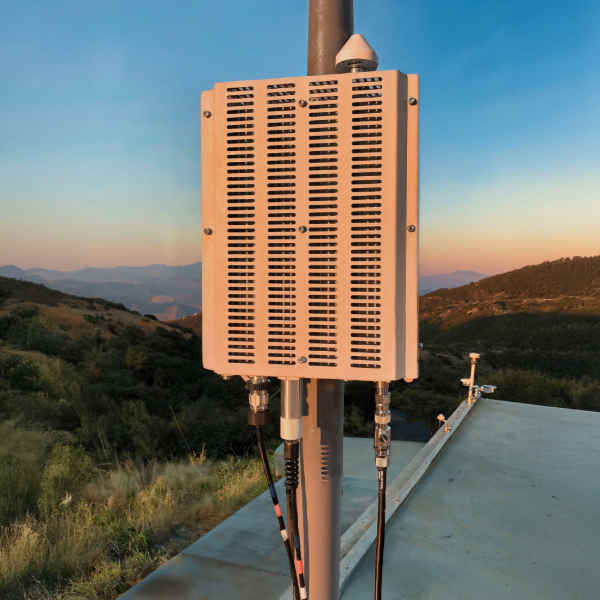Monitor, classify, report, and reconfigure spectrum.
Sensor networks to detect when incumbent users (like radar systems) are active. When activity is detected, the ESC informs the SAS.
Cloud traffic controller that dynamically assigns channels based on availability, ensuring that higher-tier users are protected.
Organizes spectrum users into three levels— Incumbent, Priority, and General Access—to ensure fair, interference-free sharing.
Spectrum sharing is a solution to the growing problem of limited wireless bandwidth, as more devices—from smartphones to smart homes—compete for access to the same airwaves. Traditionally, only one user or company could use a particular slice of the radio spectrum at a time, leading to inefficiency and wasted capacity. Dynamic spectrum sharing allows multiple users to safely and efficiently share these frequencies by using advanced technologies like dynamic access systems and real-time monitoring to avoid interference. A key example of this approach is the Citizens Broadband Radio Service (CBRS), a U.S. initiative that opens up underused spectrum to commercial use while protecting existing users, enabling everything from private 5G networks to rural broadband without requiring expensive licenses.
The CBRS band (3.5 GHz to 3.7 GHz) represents a paradigm shift in spectrum allocation, introducing a three-tiered access model comprising federal incumbents, priority access licensees (PALs), and general authorized access (GAA) users. This model allows for flexible, cost-effective wireless deployments while ensuring that incumbent operations, such as naval radar systems, are protected from interference.
Dynamic spectrum sharing optimizes spectral efficiency by allowing different users to access spectrum when it is available. However, this requires advanced technologies to monitor the RF environment in real-time, detect and classify users, and ensure compliance with regulatory constraints. Deepwave Digital’s AI-driven SDR solutions provide the computational power and adaptability needed to implement these functions at scale.
AIR-T + AirStack

AI-Driven Environmental Sensing Capability
Deepwave AIR-T with AirStack enables seamless integration of machine learning models directly on GPU-based SDR platforms. This allows real-time spectrum analysis for ESC technology without requiring sidecar compute resources. By reducing latency and increasing responsiveness, the Deepwave AIR-T minimizes downtime allowing SAS providers to maximize revenue. Additionally, deep learning-based signal classification and anomaly detection provide unprecedented accuracy in detecting incumbent users and managing spectrum access dynamically.

Edge AI for Low-Power ESC Deployments
The Deepwave AIR-T solution has been used by Tier 1 OEMs to achieve FCC and NTIA certified deployments for ESC networks. The system is built for deployments where low-power is required without compromising environmental ruggedness. Key benefits include:
- Scalability – Software-defined flexibility allows rapid reconfiguration for different use cases.
- Security – Integrated AI enhances network monitoring and threat detection.
- Performance – FPGA acceleration ensures high-throughput, low-latency wireless communications.
Industries such as manufacturing, healthcare, logistics, and defense benefit from our adaptable SDR solutions, enabling robust and resilient private wireless infrastructure.
Additional Resources
See the following resources for additional information on the Deepwave spectrum sensing solution:
NVIDIA Blog Post: Deepwave Digital Develops the First Deep Learning Spectrum Sensor for a 5G Network
Deepwave Blog Post: Deepwave’s AIR-T Shows Viability as CBRS Sensor
NVIDIA White Paper: Deepwave Digital Creates an AI Enabled GPU Receiver for a Critical 5G Sensor
1Press Release: Key Bridge Wireless Concludes CBRS ESC Testing
